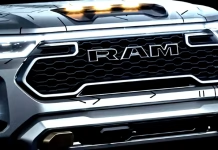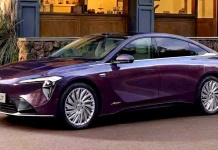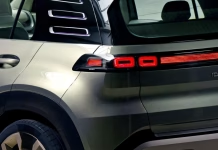Brubaker Box Rare Sports Van Returns With Retro Style And Modern Restoration
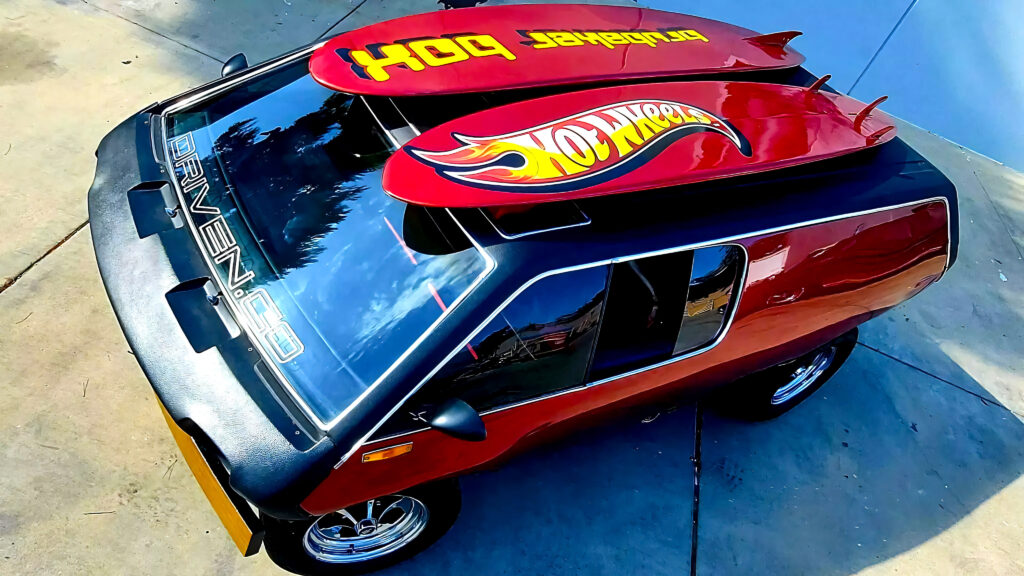
Vanity license plate nightmare how fake LUVSICK tags landed one woman tickets from across...
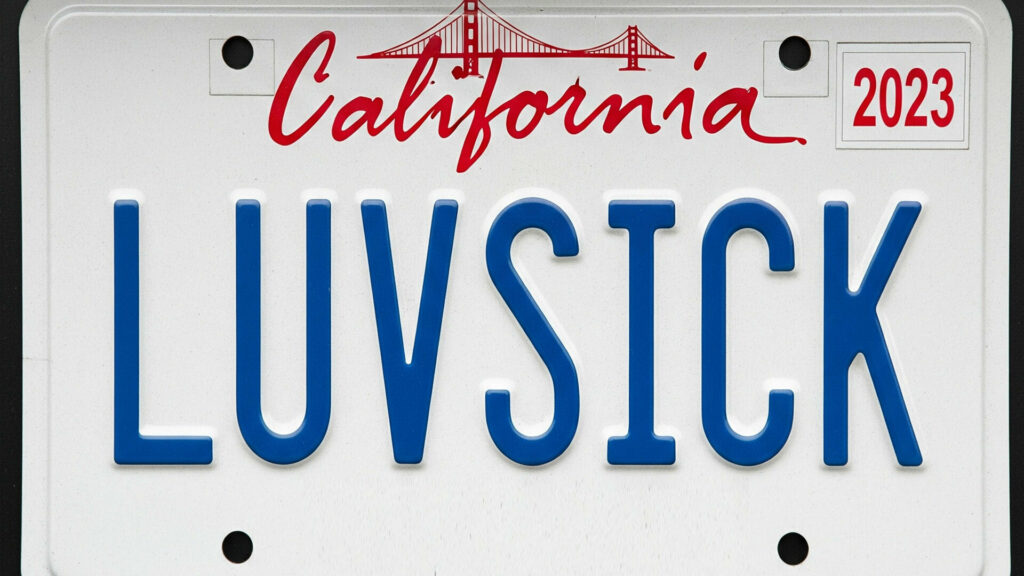
Power Wheels Jeep Joyride Ends in DUI Arrest After Man Drives Toy Car in...

Ram midsize truck returns in 2027 with rugged design and new powertrains
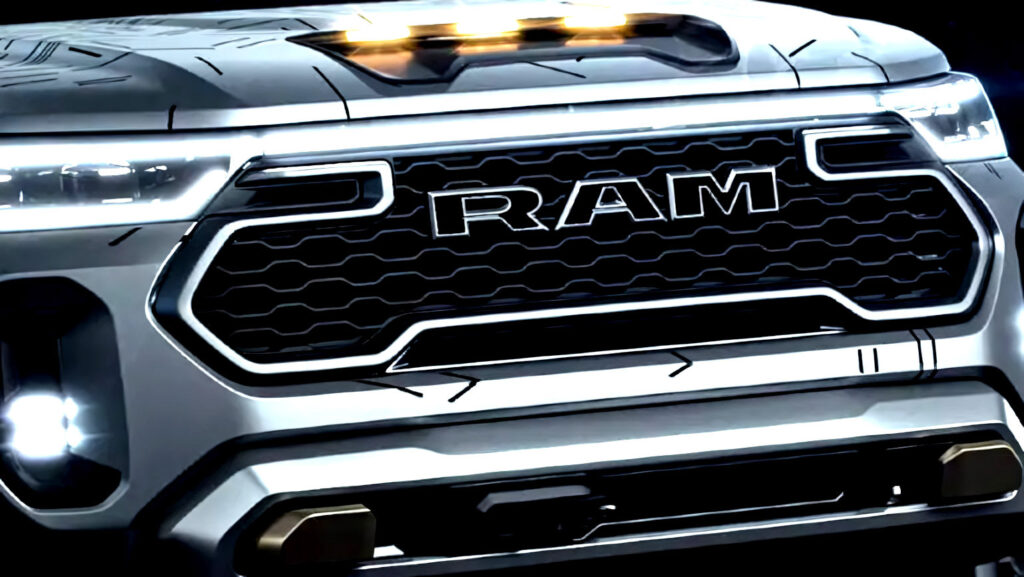
Tesla lawsuit alleges preference for visa workers over Americans in US facilities
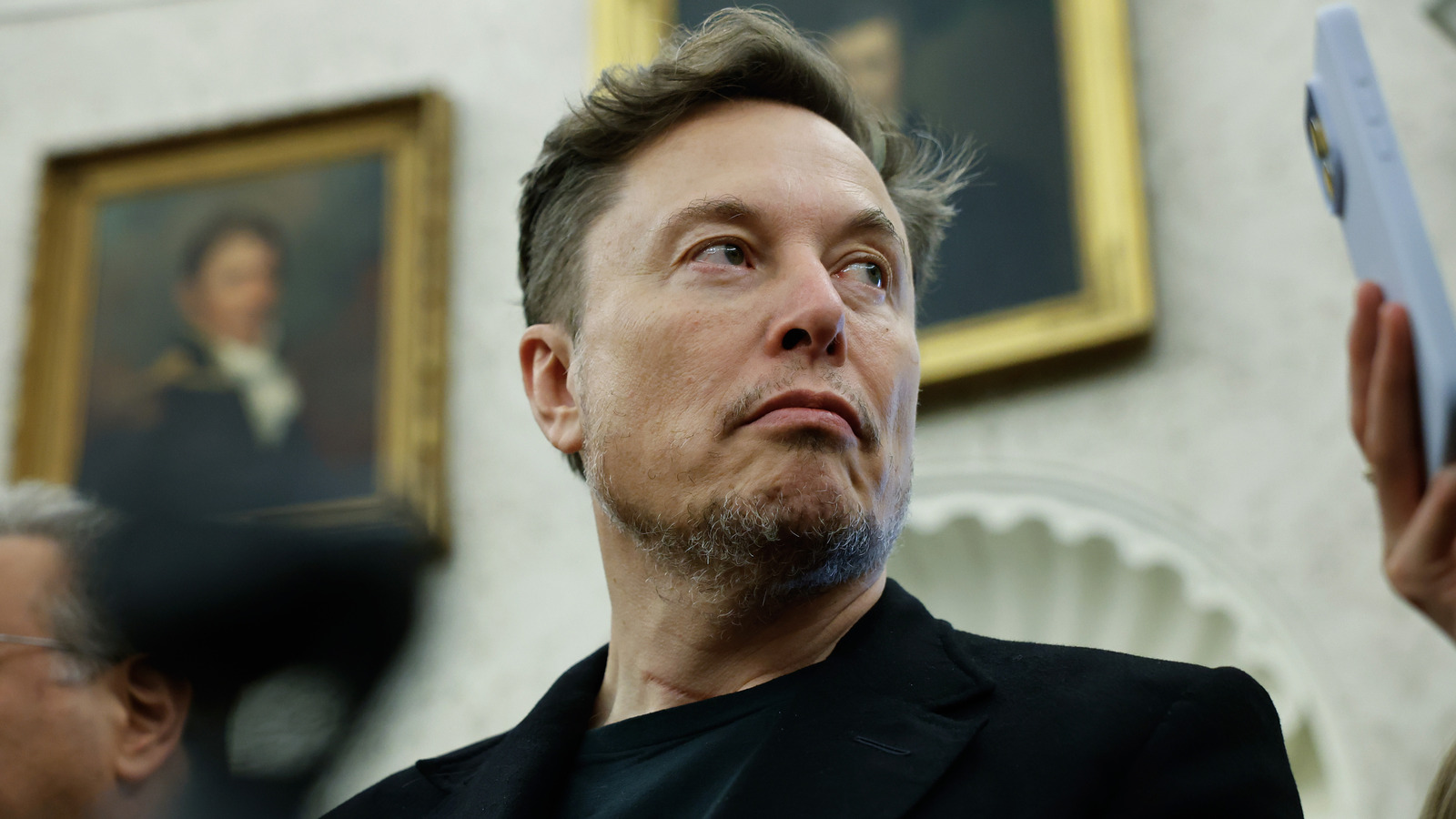
Buick Electra L7 Debuts in China With Striking Design and 870 Mile Range
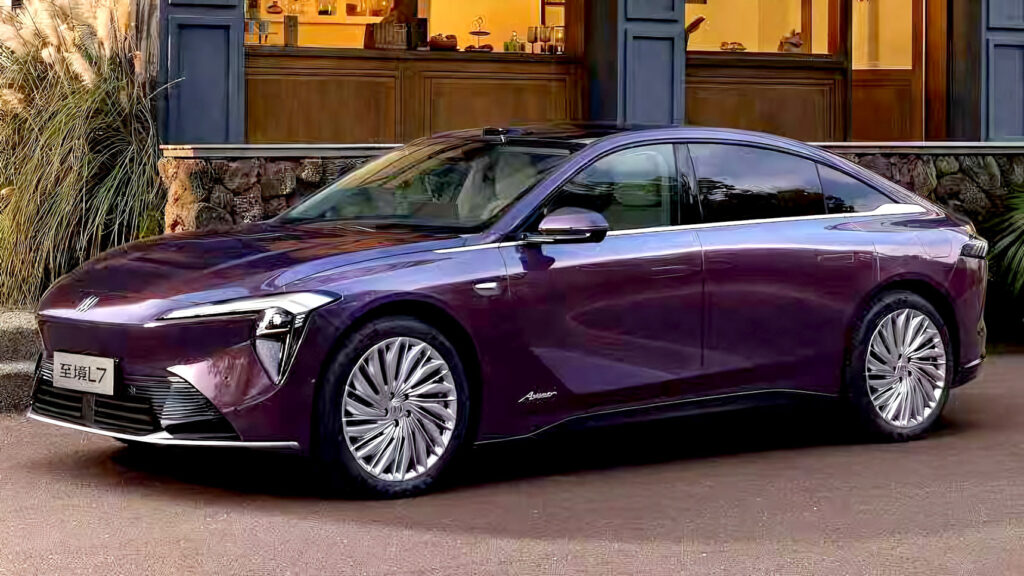
Aston Martin Stroller Sparks Fun Reactions Over Its Unexpected Name
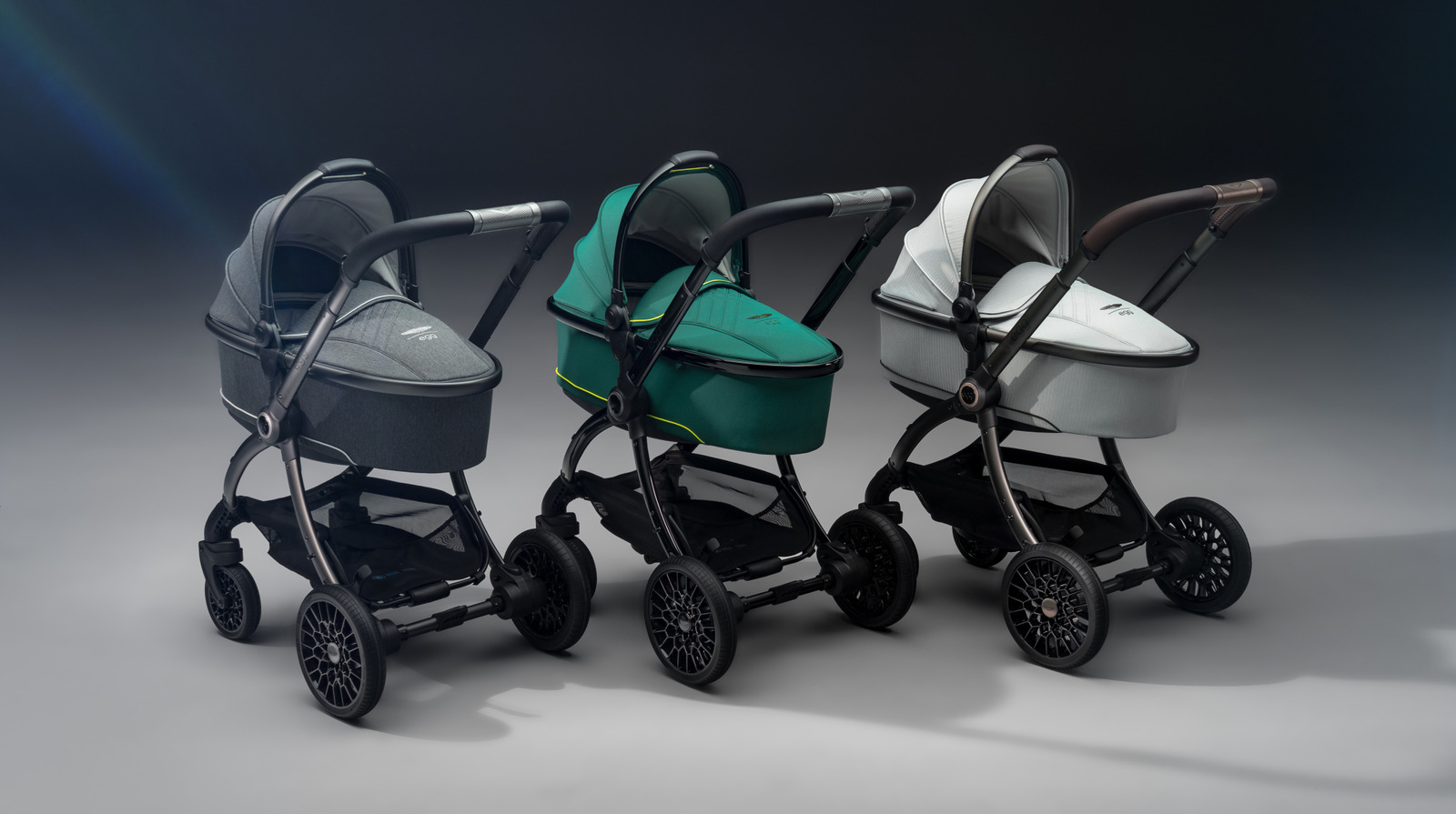
VW EVs Embrace Familiar Design as Buyers Reject Trendy Door Handles
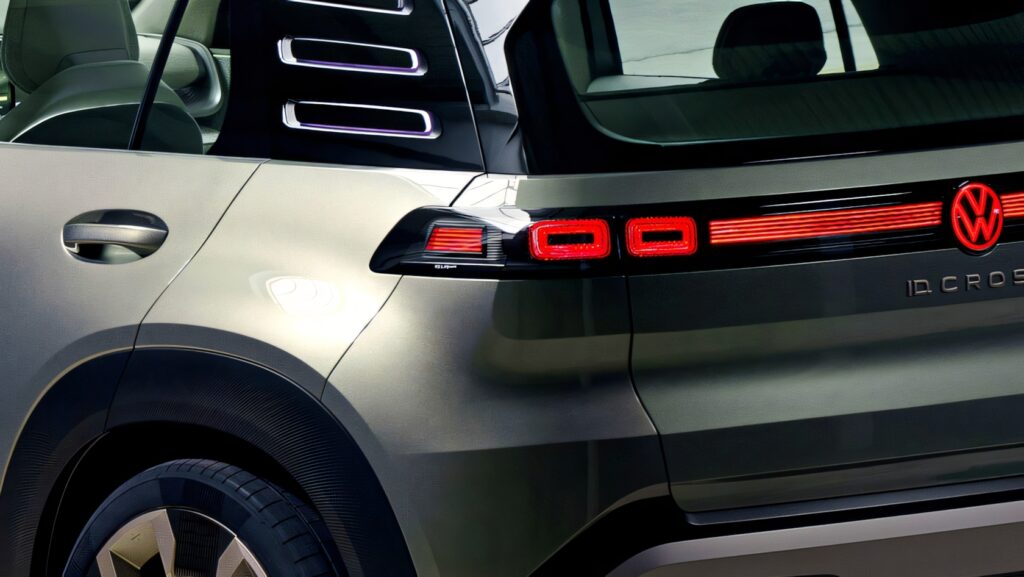
NASA Moon Missions Take Center Stage in New Space Race

Geely EX5 Electric SUV Launches in UK With 267 Mile Range and Competitive Price
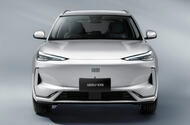 Chinese brand kicks off its UK market launch with a 267-mile, 215bhp electric crossover
Chinese brand kicks off its UK market launch with a 267-mile, 215bhp electric crossover
Geely – the Chinese firm that owns LEVC, Lotus, Polestar, Volvo and more – is launching its eponymous car brand in the UK with an electric SUV priced from £31,990.
The new Geely EX5 is pitched against the likes of the Skoda Enyaq, Nissan Ariya and Hyundai Ioniq 5, measuring 4.61m long, 1.90m wide and 1.67m tall.
It's powered by a single front-mounted electric motor that puts out 215bhp, paired with a 60.2kWh (usable) lithium-iron-phosphate battery pack.
This yields 267 miles of range in entry-level SE trim and 255 miles in range-topping Max form and can be charged from 30-80% in around 20 minutes.
As standard, the EX5 gets 18in alloy wheels, heated and electrically adjustable front seats and a heated steering wheel.
Upgrading to the middle-rung Pro trim costs £33,990, netting upsized 19in wheels and the Cloud interior colour.
The Max is priced from £36,990 and adds a panoramic glass roof, a powered bootlid and ventilated front seats, among other luxuries.
The EX5 will come with a six-year warranty, extendable by a further two years.
Customer deliveries are set to begin in late October.
Geely previously said fleet buyers were expected to be a “key segment” for the EX5 – indeed, they account for the majority of EV sales at present – and it was confident that it would appeal to UK buyers.
The move comes as Geely attempts to tap new markets for rapid growth, adding more than 300 non-Chinese dealers and service centres to its global portfolio by the end of 2025.
It sold nearly 2.2 million cars last year, an improvement of 34% compared with 2024.




